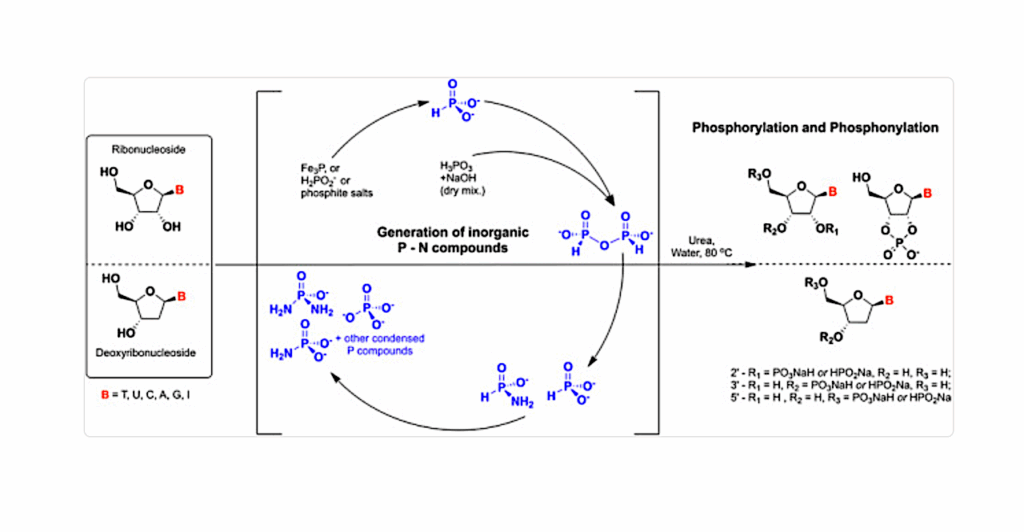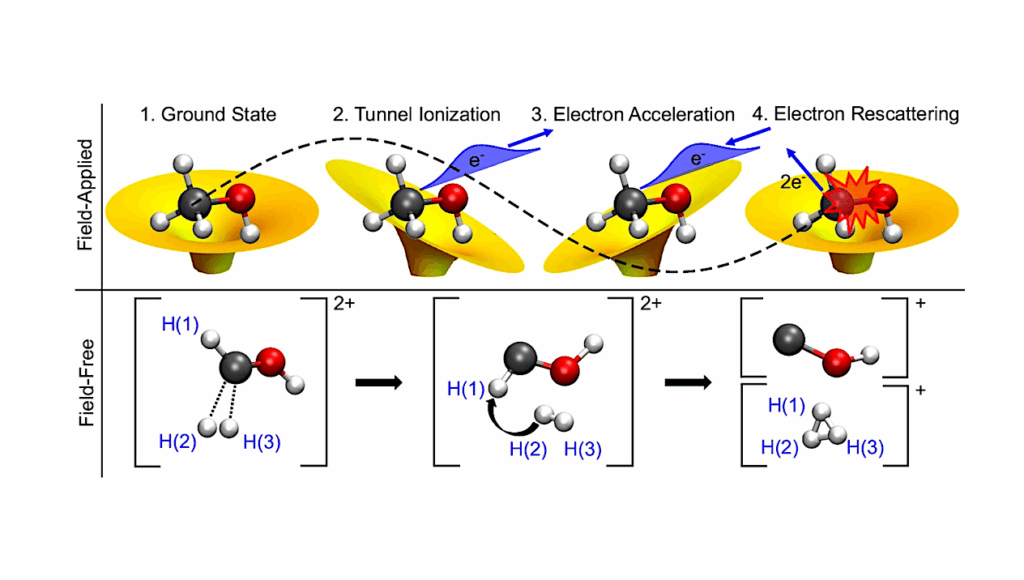Renaissance For Magnetotactic Bacteria In Astrobiology

Capable of forming magnetofossils similar to some magnetite nanocrystals observed in the Martian meteorite ALH84001, magnetotactic bacteria (MTB) once occupied a special position in the field of astrobiology during the 1990s and 2000s.
This flourish of interest in putative Martian magnetofossils faded from all but the experts studying magnetosome formation, based on claims that abiotic processes could produce magnetosome-like magnetite crystals. Recently, the rapid growth in our knowledge of the extreme environments in which MTB thrive and their phylogenic heritage, leads us to advocate for a renaissance of MTB in astrobiology. In recent decades, magnetotactic members have been discovered alive in natural extreme environments with wide ranges of salinity (up to 90 g L-1), pH (1-10), and temperature (0-70 °C).
Additionally, some MTB populations are found to be able to survive irradiated, desiccated, metal-rich, hypomagnetic, or microgravity conditions, and are capable of utilizing simple inorganic compounds such as sulfate and nitrate.
Moreover, MTB likely emerged quite early in Earth’s history, coinciding with a period when the Martian surface was covered with liquid water as well as a strong magnetic field. MTB are commonly discovered in suboxic or oxic-anoxic interfaces in aquatic environments or sediments similar to ancient crater lakes on Mars, such as Gale crater and Jezero crater.
Taken together, MTB can be exemplary model microorganisms in astrobiology research, and putative ancient Martian life, if it ever occurred, could plausibly have included magnetotactic microorganisms. Furthermore, we summarize multiple typical biosignatures that can be applied for the detection of ancient MTB on Earth and extraterrestrial MTB-like life.
We suggest transporting MTB to space stations and simulation chambers to further investigate their tolerance potential and distinctive biosignatures to aid in understanding the evolutionary history of MTB and the potential of magnetofossils as an extraterrestrial biomarker.
https://pubmed.ncbi.nlm.nih.gov/37592065/
Renaissance for magnetotactic bacteria in astrobiology, ISME Journal: Multidisciplinary Journal of Microbial Ecology (open access)
Astrobiology








